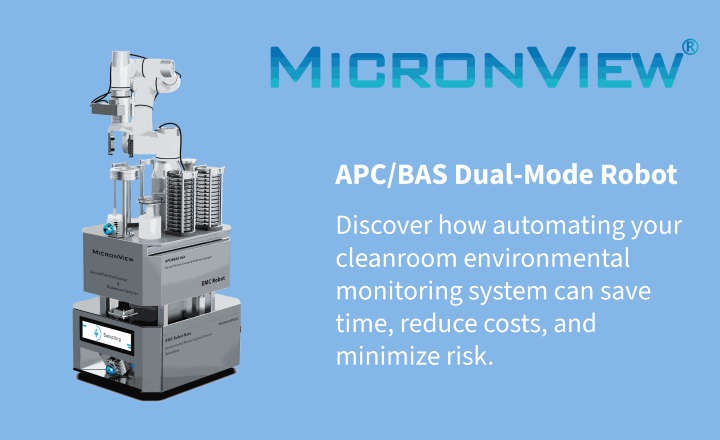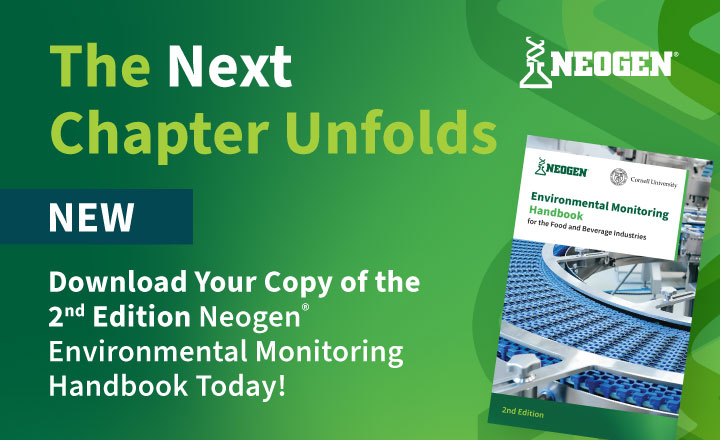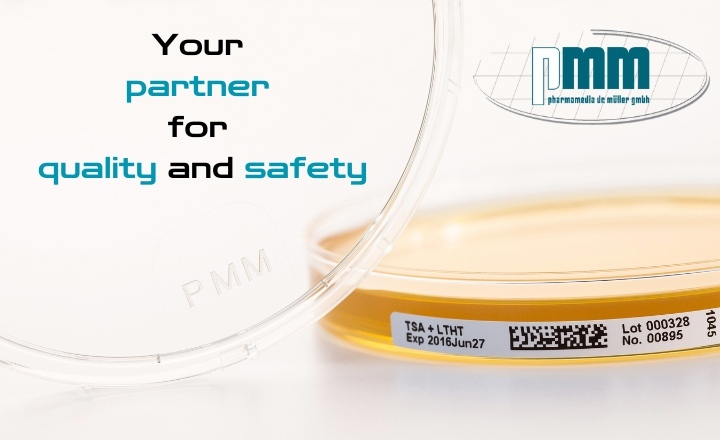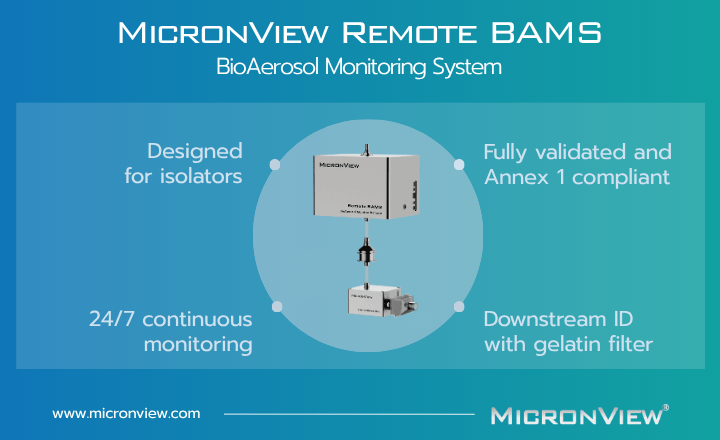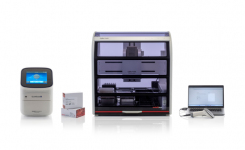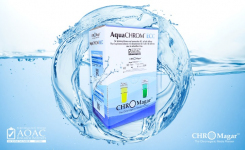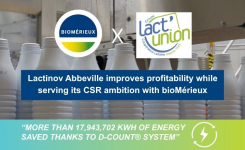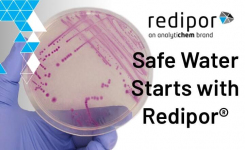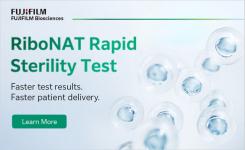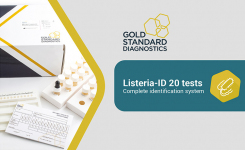The 2023 PDA Pharmaceutical Microbiology conference served as a fertile ground for discussions on trend analysis for environmental monitoring (EM), generating a dynamic exchange of ideas during plenary sessions, early morning interest group meetings, and the vibrant array of poster presentations showcased in Independence Hall.
Our collaborative poster with Vanessa Figueroa, entitled 'Expecting More from your EM Software: Reliable and Effective Trend Analysis,' was a deliberate attempt to emphasize the philosophy that systems, encompassing equipment, training, and software, should be crafted in alignment with the scientific objectives rather than dictating the scientific processes. Acknowledging the inherent imperfections of environmental monitoring, a science characterized by its imprecision and reactivity, our poster aimed to articulate the contours of an ideal EM trending program.
The overwhelming traffic and engagement at our poster hinted at the resonance of the topic. The visually captivating elements in the poster seemed to weave a narrative, highlighting the importance of environmental control and trend compliance while concurrently adding value to the broader quality system. Environmental monitoring, at its pinnacle, should convey a narrative akin to a well-crafted investigation—truthful, accurate, and easily comprehensible.
Crafting a compelling EM story necessitates a thoughtful consideration of the audience, predominantly comprising quality and operations leadership, regulators, clients (for CDMO operations), and various stakeholders. To be truly effective, the narrative should seamlessly incorporate three key elements: quantitative analysis, qualitative analysis, and visually impactful representations superimposed onto a cleanroom map.
Quantitative analysis typically involves scrutinizing excursion rates and contamination recovery rates (CRR), either at the level of individual events or on a monthly basis. Furthermore, the significance of quarterly and annual trending for excursion rates and CRR cannot be overstated. Complementing this, qualitative analysis provides nuanced technical insights into the types and quality of microbes found in the cleanroom, transcending mere numerical counts to evaluate the potential threats they pose to the manufacturing process.
Beyond traditional graphs and pie charts, the integration of a heat map emerges as a powerful visual tool, offering a holistic representation that combines the quantity, frequency, and types of microbes in the very physical locations where they were recovered.
Our poster's final dimension explored how trending EM results can actively contribute to the establishment of alert and action levels for viable surface or air samples. This evaluation, conducted annually, provides an additional perspective on the state of control within cleanrooms. It prompts essential questions: Are the alert levels appropriate? Should they be adjusted, perhaps necessitating a risk assessment? Various statistical tools, including mean value, standard deviation, and percentiles, can guide the formulation of suitable levels for routine operations.In conclusion, the pivotal query persists: What is your EM trending story? Do you possess the right tools to craft and convey it effectively? We invite you to delve into our poster, an insightful exploration that promises to elevate your understanding of effective environmental monitoring trend analysis.
Visit SherpaPharma to find out more or use the Request Information button to contact directly with the supplier by email.







